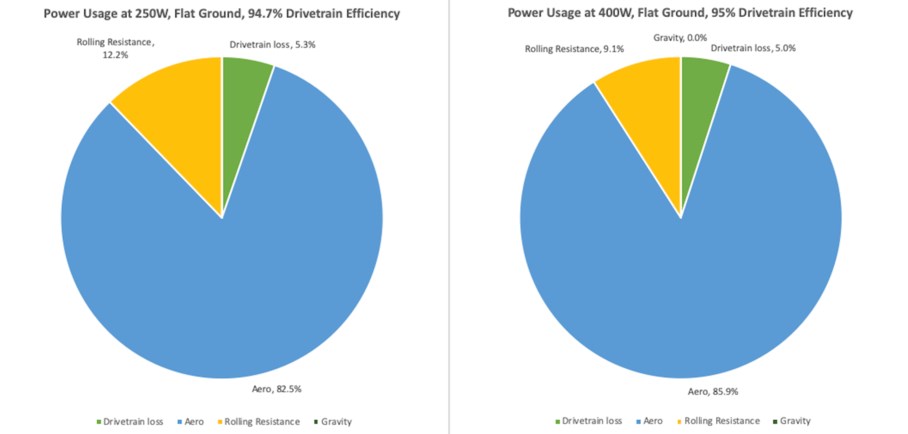GEARING UP
HOW WIDER TIRES AFFECT GEARING
Just five years ago, 25c width tires would gather dust on bike shop shelves in favor of 23c tires, only to have the opposite happen a couple of years later. Fast-forward another few years, and 28c is now the go-to road tire size, but there are plenty of people going much wider, even for everyday tarmac-only riding.
What often isn’t considered when upsizing tires is the effect of the accompanying increase in circumference on your bike’s gearing. Consider a typical rider with a 48-tooth big ring that’s switching from 700x23c tires to 700x28c tires. To get the same final gearing between these two by only changing the chainrings (staying with a 23c tire) you’d need a chainring that has 48.56 teeth. While there’s no such thing as a chainring with a tooth count that isn’t a whole number, it’s a good way to think about the effect of tire size on gearing that’s easy to understand and helps point to the right gearing choice for you.

Admittedly, a half tooth effective increase for your big ring isn’t worth worrying about, but when switching from road to gravel tires, the effect on gearing gets much more significant. For example:
28 to 45c = 2.03 tooth increase on a 46-tooth ring (effectively a 48.03-tooth ring)
28 to 45c = 1.46 tooth increase on a 33-tooth ring (effectively a 34.46-tooth ring)

gear-calculator.com
28 to 40c = 1.50 tooth increase on a 46-tooth ring (effectively a 47.50-tooth ring)
28 to 40c = 1.07 tooth increase on a 33-tooth ring (effectively a 34.07-tooth ring)

gear-calculator.com
What About Rolling Resistance?
Let’s consider road tires first, although a 28c tire ridden at a lower pressure produces less rolling resistance than the 25c version of the otherwise exact same tire, it’s important to keep in mind that this is a small efficiency improvement. When you consider, comparatively, that for a typical rider on a flat road (generating 250 watts) aerodynamic drag represents roughly 7 times more resistance for the rider to overcome than they are getting from rolling resistance. And since aerodynamic drag increases as speed increases, at 400 watts that difference grows to 9.5! This means that a small reduction in rolling resistance won’t fully erase the mechanical gain in tire roll out to deliver a matching increase in speed for the same rider wattage output.

*note: drivetrain efficiency is load dependent and improves slightly at higher wattage due to increased chain tension
However, when you consider switching from a slick 28c road tire to a knobby 40 or 45c gravel tire, not only do you get a significant increase in effective gearing, you also get a dramatic, easily noticeable increase in rolling resistance (including an additional small, but significant increase in aerodynamic drag). So, selecting lower gears for a bike with gravel tires makes a lot of sense when compared to a 28c slick on the same theoretical ride route.
The Bottom Line
If you are looking at getting bigger or knobbier tires, err on the side of selecting a gearing setup that is lower than you think you’ll need. For example, if you are running a 28t large cog cassette with 700x28c road tires, you’ll want to switch to a 33t large cog cassette with 700x40c gravel tires. Selecting a smaller chainring set for a primarily gravel oriented bike is highly recommended as well when you consider the increased rolling resistance gravel produces over tarmac.

Remember, at the end of a ride it’s very rare for anyone to wish they had higher gearing (don’t forget about the energy that can be saved during an aero tuck!). It’s far more common to reflect on those times when you were grinding up a climb clicking in vain for a lower gear that isn’t there.
Want to dive deeper and compare more gearing and tire options? Gear-Calculator.com is a great resource that’s free and easy to use.